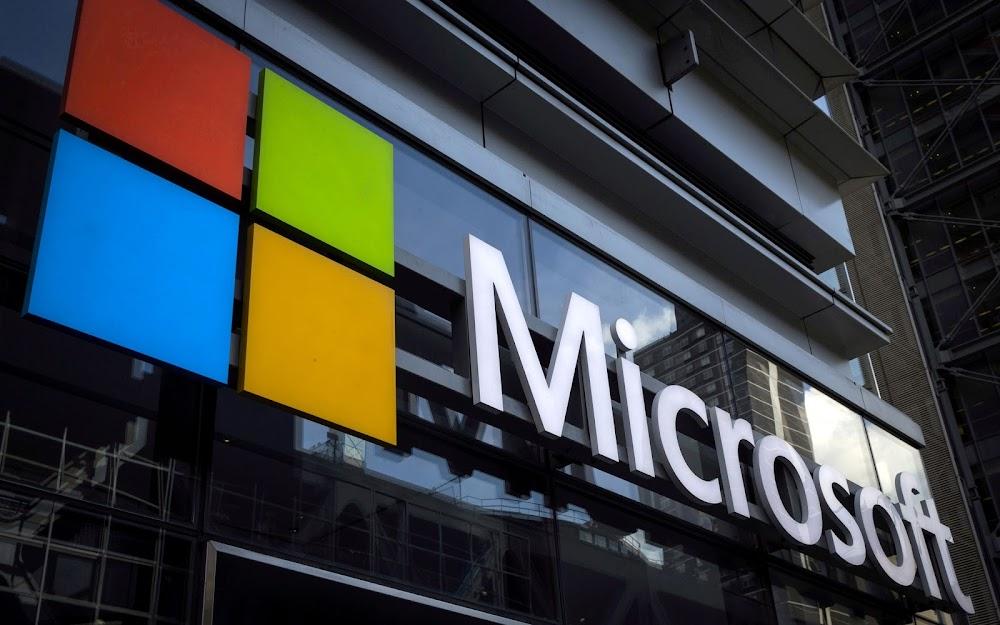Africa-Press – Eritrea. Microsoft and LinkedIn have announced several new features and product innovation to help companies transition to hybrid work.
As organisations across the globe navigate the challenges and opportunities of hybrid work, technology is seen as the greatest enabler.
According to the two organisations, the new features will help employees and their customers as they transform for hybrid work and reimagine everything; from meetings that transcend space and time to a digital employee experience that everyone can access from anywhere – right in the flow of their work.
“Hybrid meetings are an entirely new kind of meeting and require rethinking how we approach and conduct them to ensure we are putting every attendee on equal footing, no matter where they are sitting,” Microsoft CEO Satya Nadella said in a statement.
Microsoft announced new Microsoft Teams Rooms innovations featuring a new category of intelligent cameras that support AI-powered active speaker tracking, multiple video streams that allow in-room participants to be placed in their own video pane, and people recognition.
In addition, and in a bid to make remote presentations more engaging, Microsoft announced launch of cameo, a new PowerPoint experience that integrates the Teams camera feed into a presentation to allow the presenter to customize how and where they want to appear on the screen with their slides.
Planning and understanding who will be attending and how they will attend is also key, according to the firm which also announced a new Outlook RSVP feature that lets people specify whether they will attend in person or remotely.
The redesigned working hours will allow users to include work schedule specifics directly in their calendar, so others can know when and where they are working from.
“At Microsoft, we believe that hybrid work is the future of work and that, to empower their people to succeed in hybrid, business leaders will need to re-imagine their organizations with a new operating model for people, places, and processes,” Nadella said.
On its part, and as a way of helping employers and hiring managers adapt to this new world of work, LinkedIn is rolling out new fields within job postings where organisations can now signal if the open job is remote, hybrid or on-site.
This is expected to help job seekers search and discover jobs that align with how they want to work.
LinkedIn also plans to have a way for companies to share how they are approaching the future of work on their company page including vaccination requirements, if they plan to go back to an office, stay remote or go hybrid.
It has also nearly 40 LinkedIn Learning courses free until Oct 9, 2021, for members and HR pros to build critical skills that are crucial to thriving in today’s workplace – be it in-person, remote or hybrid.
“Whether you are looking to support your team through the transition to hybrid work or be the kind of manager no one wants to leave, these courses can help you lead through change,” says Ryan Roslansky, the CEO of LinkedIn.
Its skill-building platform, LinkedIn Learning Hub, will also be enhanced to help companies build their employees’ skills through personalised content, community-based learning and skill-development insights that will inform their overall learning and development strategy,it says.
“People are rediscovering how they find meaning and purpose in their lives and at work and responding by seeking out new opportunities. Leaders, meanwhile, are facing new challenges in retaining and reskilling their people to meet the demands of our new world of work,” says Roslansky.
To better understand how employers are thinking about navigating the new world of work, the company surveyed more than 500 C-level executives in the US and U.K.
87 per cent of the surveyed said they would stay remote at least half the time which a majority of employers are adapting, with 81 per cent of leaders changing their workplace policies to offer greater flexibility.
Despite all the change, leaders feel like there are opportunities ahead – more than half (58%) are optimistic that flexibility will be good for both people and the business.
“Leaders have an opportunity to rewrite their playbook when it comes to hiring, skills development, engaging talent and more,” the two firms note.







